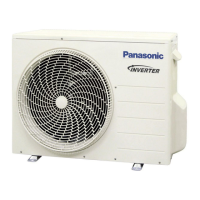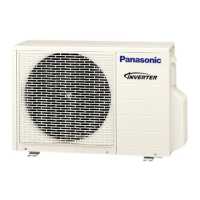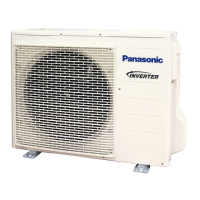T
Tammy TravisAug 19, 2025
Why is the TIMER indicator always on in my Panasonic Air Conditioner?
- CChristine BernardAug 19, 2025
The TIMER indicator on your Panasonic Air Conditioner remains on because the timer setting repeats daily once it has been set.







